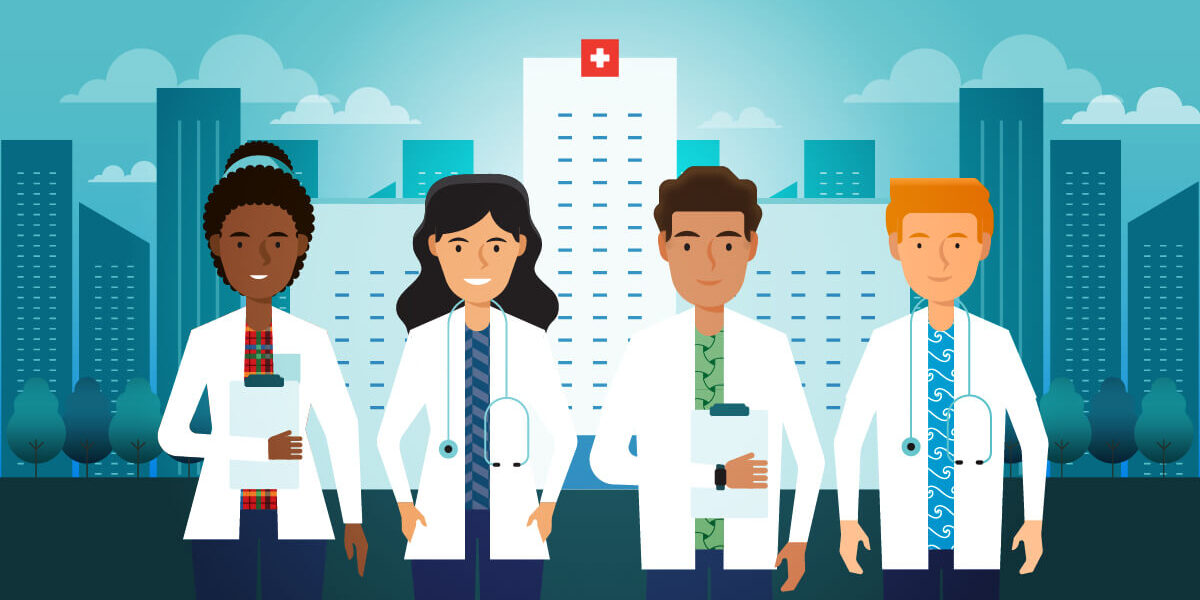Fried chicken is a beloved comfort food that’s crispy on the outside and juicy on the inside. While it may seem intimidating to make at home, it’s actually quite easy with these simple tips for ensuring deliciously crispy fried chicken every time.
Ingredients
These are the basic ingredients you’ll need:
- Chicken pieces such as breasts, thighs, drumsticks and wings
- 1-2 cups buttermilk
- 2 eggs
- 1 cup all-purpose flour
- 1 cup breadcrumbs or panko
- 1 tablespoon paprika
- 2 teaspoons garlic powder
- Salt, pepper, other spices like cayenne or oregano
- Vegetable or peanut oil for frying
The Key Is Preparation
Proper preparation is crucial for creating that signature crispy coating:
- Soak in buttermilk: Soak chicken pieces in buttermilk for 30 minutes. This tenderizes the meat and imparts flavor.
- Coat with flour: Drain chicken from buttermilk, then dredge pieces in flour seasoned with salt, pepper and spices.
- Dip in egg wash: Beat eggs with 1 tablespoon water. Dip floured chicken in egg wash.
- Cover in breadcrumbs: Finally press chicken pieces into breadcrumbs or panko to completely coat.
Frying Time
Now comes the fun part – frying:
- Use 1-inch oil: Heat 1 inch of frying oil to 325-350°F in a heavy skillet or pan. The oil should shimmer but not smoke.
- Fry in batches: Fry chicken in batches of 2-3 pieces to avoid overcrowding.
- Flip once: Fry for 12-15 minutes turning halfway until golden brown.
- Check internal temperature: Chicken should reach an internal temperature of 165°F.
Finishing Touches
These final steps lock in the flavor:
- Drain on wire rack: Drain fried chicken on a wire rack over a baking sheet to remove excess grease.
- Keep warm in oven: Place rack with chicken in a 200°F oven to keep pieces crispy while cooking remaining batches.
- Optional sauce: Toss chicken in your favorite sauce. Honey mustard and BBQ sauce are great options.
Crisping Tips and Tricks
Follow these tips for optimally crispy chicken:
- Use boneless, skin-on chicken thighs for ideal texture.
- Chill chicken pieces for 1 hour before coating to reduce moisture.
- Use freshly grated breadcrumbs, not panko, for maximum crunch.
- Allow coated chicken to sit for 15-20 minutes before frying.
- Use a thermometer to maintain oil temperature. Overheating risks burning.
- Avoid moving chicken pieces while frying to prevent batter shedding.
- Let chicken drain for 5 minutes after frying before serving.
With this easy technique, you’ll be enjoying southern-style crispy fried chicken in your own kitchen. Adjust cook times and spices to your preference. Enjoy this crispy treat on its own or in sandwiches, salads and more!




